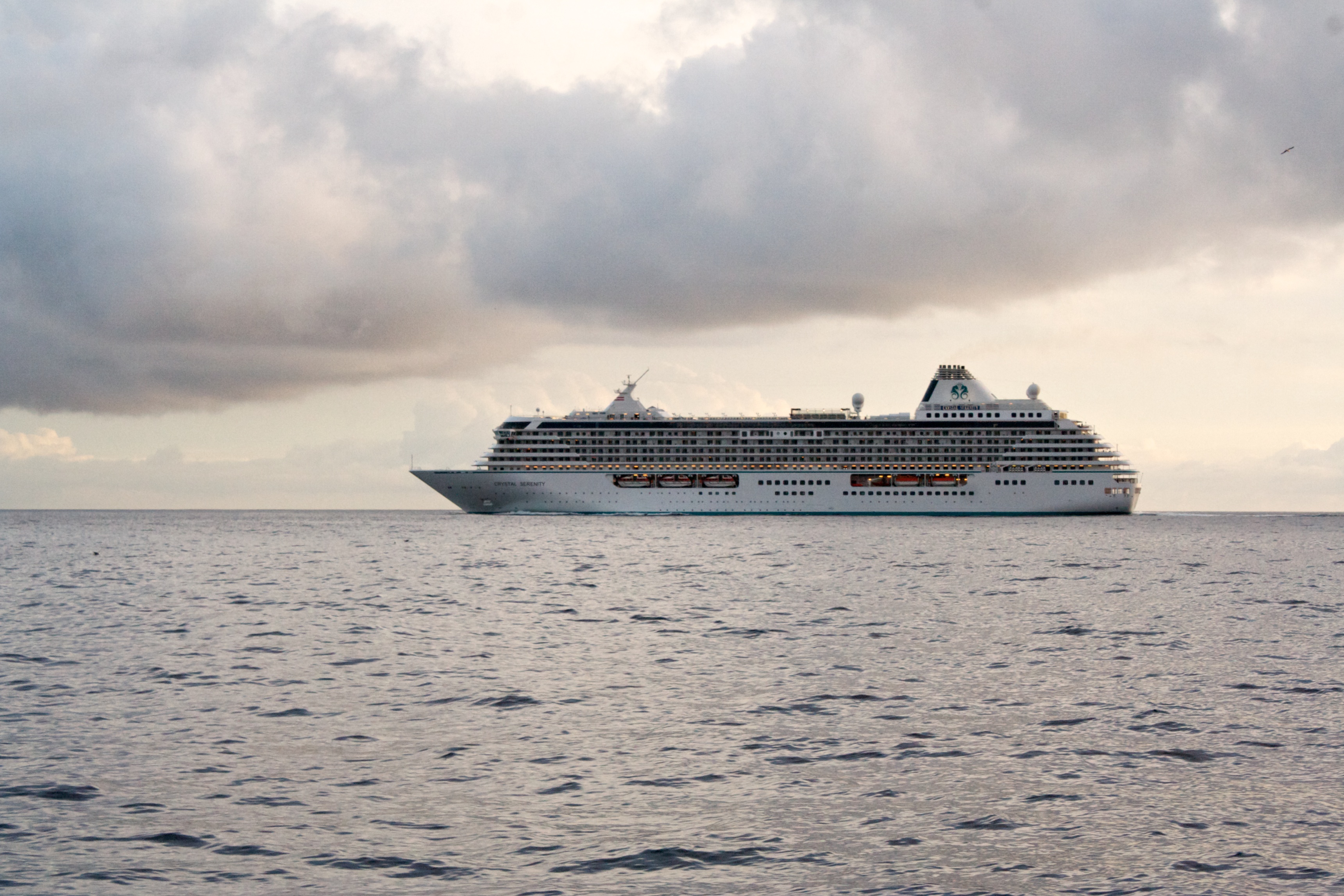The Transportation Equation
The Arctic is also critical to current and future international oceangoing shipping. With changes to summer sea ice patterns, new shipping routes that navigate through the Arctic Circle make it more efficient and therefore cheaper and more environmentally friendly to ship goods by ship between Europe and Asia and the United States west coast.
Seaborne shipping accounts for 90% of the world’s trade, and while Arctic shipping will not serve as a substitute for traditional routes of navigation, it will act as a relief valve for increasing sea traffic and in specialty shipping related to natural resource extraction in the Arctic region.
Several new shipping routes are currently being explored and developed.
The Northern Sea Route (NSR)-
The NSR transits the Arctic region along the north coast of Russia. It’s the fastest growing Arctic shipping route with a 50% increase in cargo in 2013. The route is particularly valuable as a way to connect the port of Rotterdam with Shanghai without having to navigate the Suez Canal or the Straits of Malacca which cuts up to 14 days off the total trip time.
Usually a Russian dominated trade route, China made news last year when the first Chinese flagged vessel transited the NSR.
The Northwest Passage (NWP)-
The NWP, a sea route running over the top of North America, has enchanted sailors for centuries. The first expedition to sail the NWP was led by John Franklin in 1845. The expedition and all its members were lost, but the allure of the route remains. The NWP continues to be a remote route, and is mainly trafficked by scientific expeditions and explorers, and even some tourists. While its commercial viability is still in flux, the changing patterns of summer sea ice have made the route increasingly viable for commercial cargo navigation. The first commercial ship to make the passage without the aid of icebreakers completed the trip on September 30th, 2014.
The Transpolar Sea Route (TSR)
The TSR is the shortest of Arctic shipping routes at 2,100 nautical miles. While the NWP and the NSR are considered coastal routes, the TSR is a mid-ocean route which requires complex navigation in and around sea ice formations and is only navigable for 30 days out of the year due to the extent of multi-year sea ice and weather patterns. The route’s viability as a commercial shipping lane will increase with the intermittency of sea ice patterns, the length of the summer season and the reduction in multi-year ice.
Cruise Tourism
 With the navigability of Arctic waters on the rise, tourist’s demands for Arctic cruises are on the rise as well. The Arctic is one of the last frontiers and many travelers and adventure seekers are excited about the prospect of visiting Arctic destinations via cruise ship. Many ships navigate Arctic waters off Alaska, and in areas off the coast of Norway, Iceland and other Arctic nations. Even private navigation of the Arctic is on the rise. And in 2016, cruise operators are planning the first cruise ship crossing of the Northwest Passage.
With the navigability of Arctic waters on the rise, tourist’s demands for Arctic cruises are on the rise as well. The Arctic is one of the last frontiers and many travelers and adventure seekers are excited about the prospect of visiting Arctic destinations via cruise ship. Many ships navigate Arctic waters off Alaska, and in areas off the coast of Norway, Iceland and other Arctic nations. Even private navigation of the Arctic is on the rise. And in 2016, cruise operators are planning the first cruise ship crossing of the Northwest Passage.